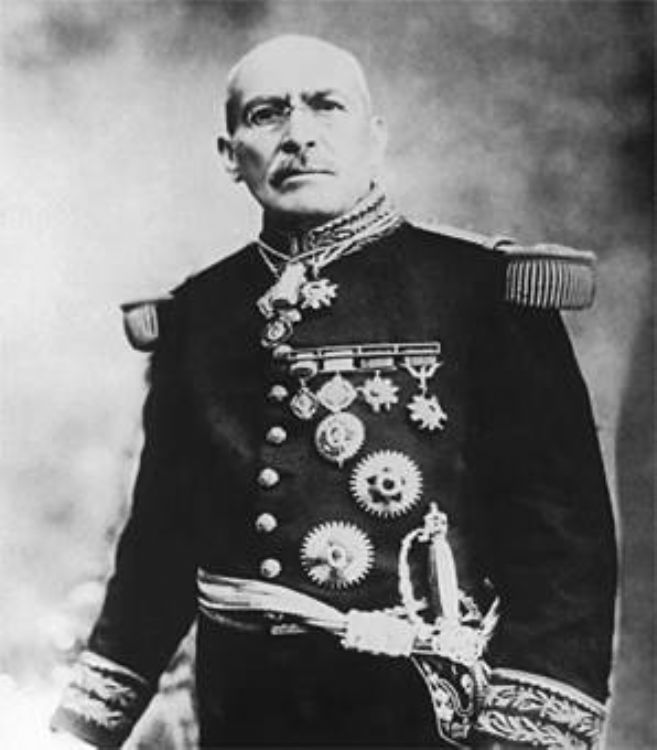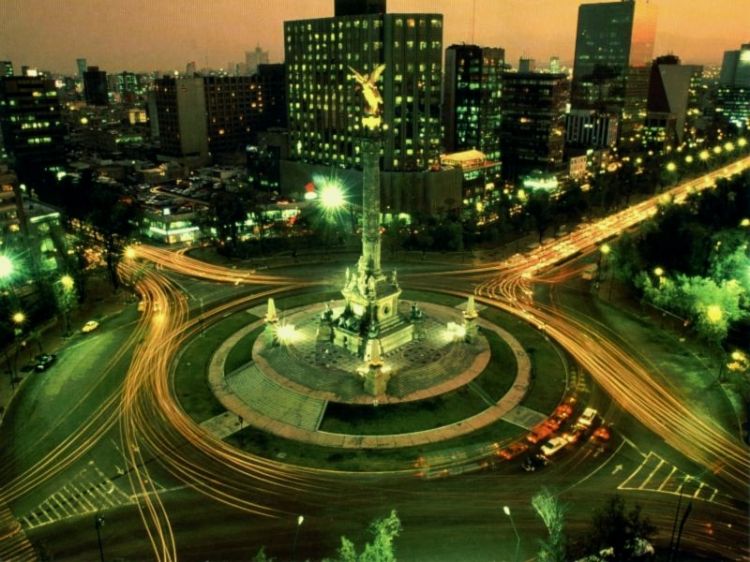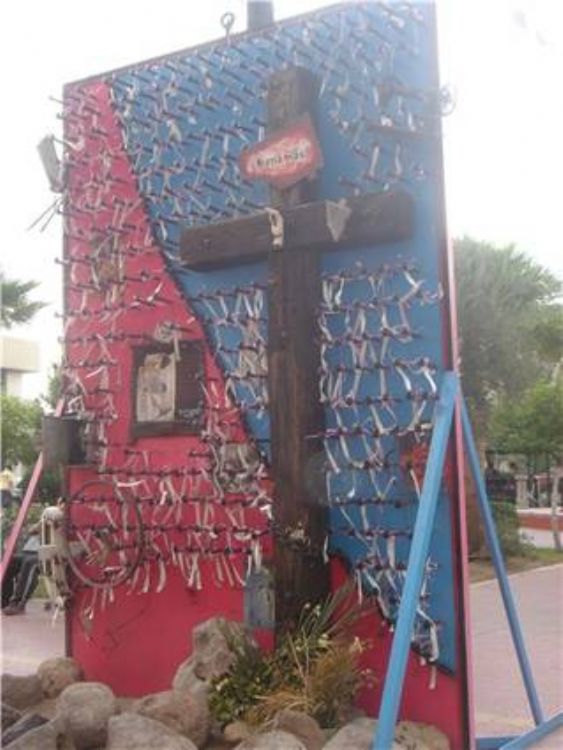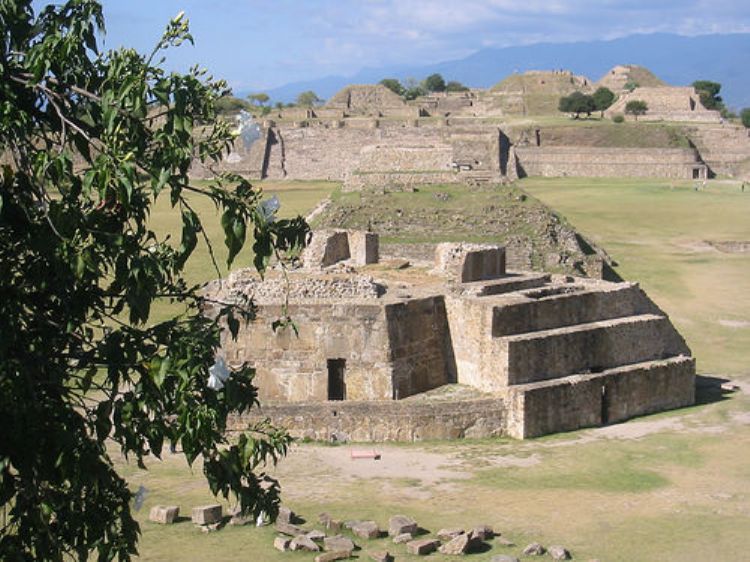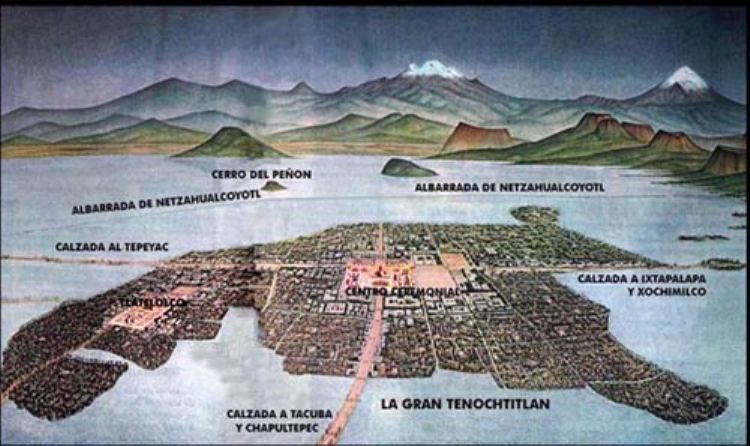José Clemente Orozco
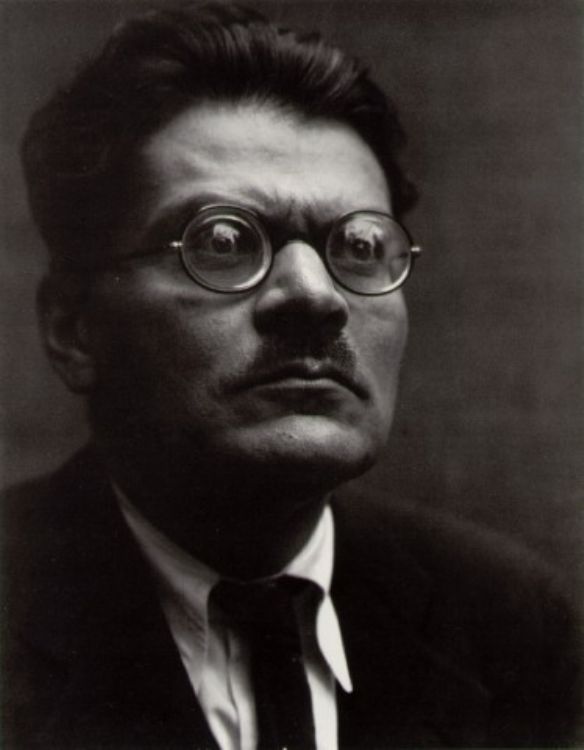
José Clemente Orozco was born on the 23 of November 1883 in Zapotlan, currently Ciudad Guzman, in the State of Jalisco. He graduated from the National Agriculture School and later studied mathematics and architectural drawing. His family decided he should study something useful for managing their land, so he studied to be an agriculture engineer. It was controversial to go against the professional destiny planned by his family, because it didnât satisfy his aspirations. In 1909, facing his internal struggle towards his artistic talent, he decided to dedicate himself to painting and studied at the Fine Arts Academy of San Carlos.
From 1911 to 1916, in order to have an income that would allow him to be dedicated to his vocation, he collaborated as a cartoon artist in different publications and did a series of watercolors on the topic of the life in the poor neighborhoods of Mexicoâs capital. This stage of his work shows an expressionist tendency. During those years he created his first large format painting, Las últimas fuerzas españolas evacuando con honor el Castillo de San Juan de Ulúa (1915) and his first public exhibit in 1916. This exhibit showed hundreds of paintings, watercolors and drawings inspired by prostitutes that he portrayed with compassion, with the eye of a social critic. This stage shows a connection with French painter Toulouse-Lautrec, painting for the âcommon peopleâ the environment of cafés, cabarets and brothels.
In 1922, José Clemente Orozco joined Diego Rivera and David Alfaro Siqueiros to begin the Mexican muralist movement, filling with monumental works the countryâs cities with a leftist ideology. Their creations are based on pre-Columbian art and popular Mexican roots, in an educational style expressing their political and social worries.
In an exemplary gesture, he demanded for his work a remuneration equivalent to the salary of any worker. Orozco masterfully portrayed the tragedy and heroism of Mexican history. His work is profoundly dramatic in content, criticizing the historic, social and political events of Mexico with a violent and heart-breaking expression. His work is clearly influenced by the characteristics practiced among the Mexican muralists of his era with an educational, political and social vocation. They were convinced of educating the masses, inciting them to have a revolutionary and national conscience, for which the artists searched for a direct, simple and powerful visual language.
In 1928 the artist began a trip abroad. First he traveled to New York to present his Drawings of the Revolution, because of the notable success of this exhibit; he was commissioned to paint murals at Pomona School in California, Dartmouth College and New School for Social Research of New York. The latter is a true fresco, painted on wet plaster and was the first of its type in New York. The profits from these works allowed him to make the trip of his dreams to Europe. He remained in Spain, England and Italy, dedicated to visiting museums to study the works of the most renowned artists.
Upon his return to Mexico, he continued working on numerous murals, especially in Palacio de Bellas Artes and Universidad de Guadalajara. In 1940 President Cardenas commissioned him to decorate the new building of Tribunal Supremo de Mexico. His work can also be admired in the governorâs house and chapel of Instituto Cultural Cabañas, former orphanage of Guadalajara, Jalisco.
He died in Mexico City on the 7th of September 1949, his remains were buried at the Rotonda de Hombres Ilustres, in the capital of Jalisco.
Artículo Producido por el Equipo Editorial Explorando México.
Copyright Explorando México, Todos los Derechos Reservados.
Fotografía: Wikipedia.org

